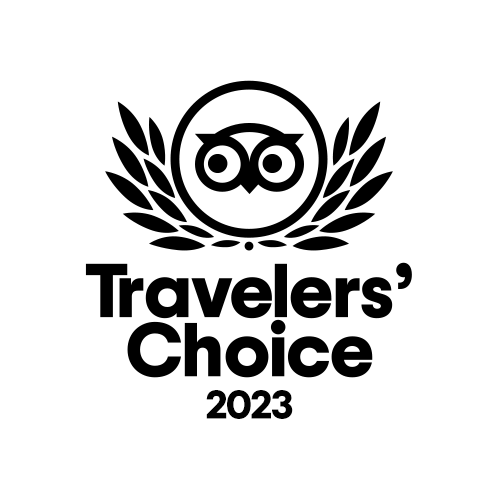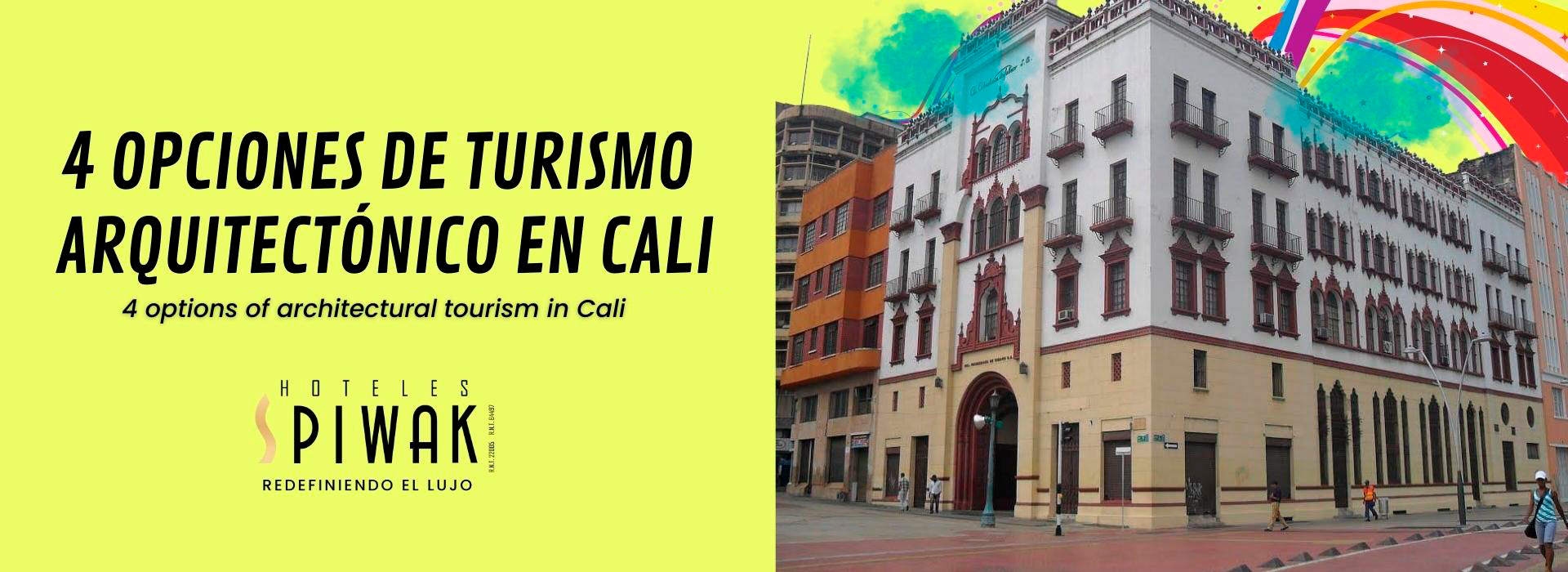
4 routes of architectural tourism in Cali
As a tourist, you may be a little more sensitive in appreciating certain buildings in Cali during your transit there: perhaps because of their vintage aesthetics, republican style, or rationalist architecture.
If you are an observer by nature, and tend to admire the work of man in the layout of our modern urban centers, you might find the following list useful. These buildings are not only fundamental in the history of construction in Valle del Cauca but also the scene of current activities and remarkable anecdotes about our capital.
By the way, we also take the opportunity to congratulate engineers on their day August 17. And, from Spiwak Hotels, we invite you to stop for a moment to appreciate these structures that, thanks to them, embellish our Santiago de Cali.
Click on the specified options to explore the designated routes and select what you'd like to discover in Cali:
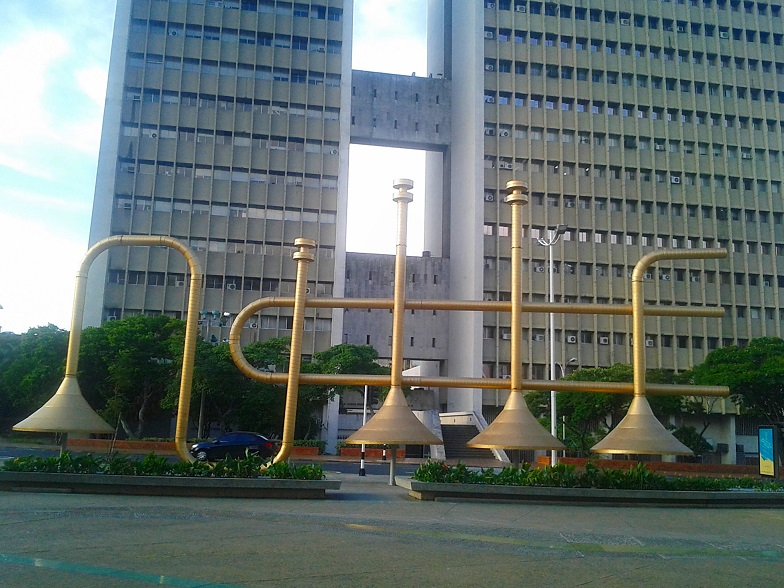
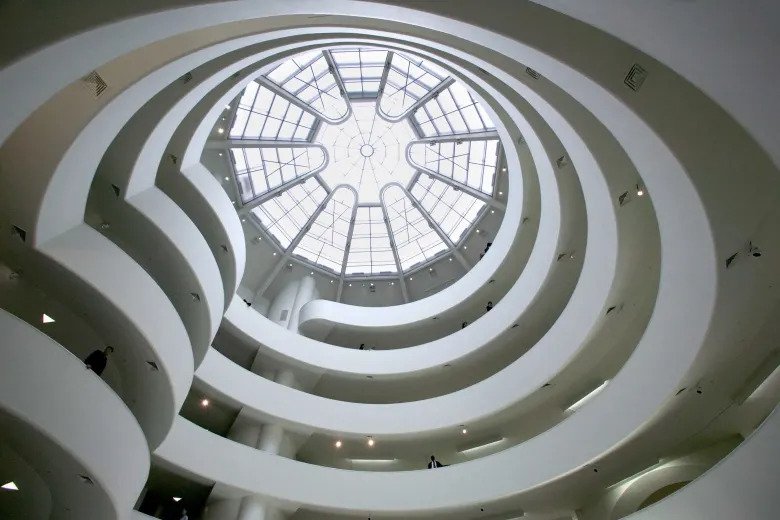

Buildings in Cali
(North and central areas)
Despite its history as one of the largest industrial centers in the country, technically our city is not known for having very tall buildings... The predominance of clay soils (and the coincidence of tectonic plates under its ground) have rather promoted the horizontal expansion of Cali than upwards: a feature associating it with one of its best-known epithets, both for the friendliness of its people and the way its skyline touches the firmament on the horizon.
However, the capital of our department is not exempt from having tall buildings such as the Torre de Cali, the highest in the city (with 46 floors, and the owner of urban myths attributing some paranormal activity to it); or other towers with earthquake resistance standards such as the Corficolombiana or the World Trade Center, the latter a few meters from our Spiwak Chipichape Hotel (inspired by the Solomon R. Guggenheim Museum in New York).
Towards the old town, Cali’s City Hall (Avenida 2N #10-70) in front of the Jairo Varela Square: where a trumpet shape sculpture honors Grupo Niche , and brise soleil elements in its windows hint you on its modern architecture style, refreshing the mayor’s offices.
Not far, you will find the Valle del Cauca Government headquarters (Carrera 6 entre calles 9 y 10) Despite its contentious origins on the demolished San Francisco's Palace (a part of the beautiful San Francisco Religious Complex of mixed neoclassical and Mudejar style), it is another representative construction of the avant-garde movement taking over the city in the 60s.
Behind it, the beautiful San Luis building (Calle 9 No. 8-60): where the Assembly of Valle del Cauca currently meets. Born as a Marist Brothers' school in 1925, it is today a site remembering the 14 people who perished during the tragic taking of its facilities on April 11, 2002..
In front of Plaza de Cayzedo (once the meeting point and main square of the city, today in recovery), there are: the National Palace (Carrera 4 y 5 #12 – 04) and the Otero building (Carrera 5, esquina Calle 12), both declared national monuments for their distinctive neoclassical and republican facades, respectively.
The first of these two for judiciary use. And the second intended for bank offices after an admirable private initiative to rescue its assets. It is said this beautiful structure once housed the star of 20th Century-Fox, Tyrone Power, in 1939. Sadly, in his diary at the time, the actor writes that once he landed in Cali people bringing flowers did not let him get off the plane out of the affection and thrill his welcoming was, but it is still possible that he later stayed in our city on some other goodwill flight he did as a pilot in Latin America.
Showbiz and gossips aside, as something you have see in Cali a little further towards the Bulevar del Río is the Coltabaco building (Calle 12 #1-12): today under restoration and considered an architectural jewel for its marked Sevillian style, its spider lamps and its Moorish arches. Opened in 1936 as the main office of Colombia's largest tobacco company, it will now be the new site of the Popular Institute of Culture: a school in which art, music and dance will be taught
Bridges of Cali
(Downtown area)
The capital of Valle del Cauca is crossed by seven (7) rivers that, beside the Cali, are: the Cauca, the Pance, the Cañaveralejo, the Lili, the Meléndez and the Aguacatal.
For this reason, our city comprises 682 bridges, 388 of which are pedestrian, 272 are vehicular, and 16 are mixed. Some of them are recent such as the Ciudad de Cali's six-bridge extension project. Others not so much, like the system that makes up Colombia Avenue Boulevard, a noteworthy achievement of Cali's engineering.
That said, the Cali River has many pedestrian bridges from various stylistic schools, namely: the Ortiz, the España, the Bulevar del Río, the Cervecería, the Peñón and La Tertulia. These are perfect for contemplation due to their beauty, cleanliness, and relative safety.
Others perhaps are less attractive, such as La Estaca, La Quinta, or Alfonzo López. A bit further north, El Piloto and Escalonado El Piloto bridges which, despite their beautiful design, we advise not to visit because of the risky areas surrounding them.
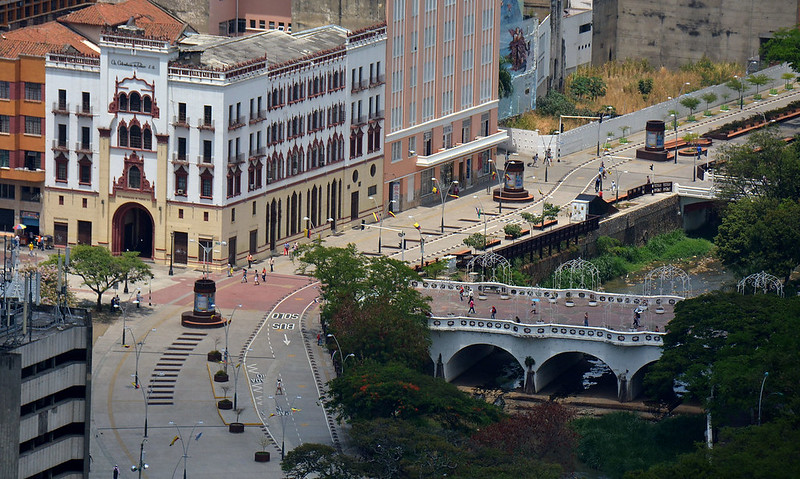
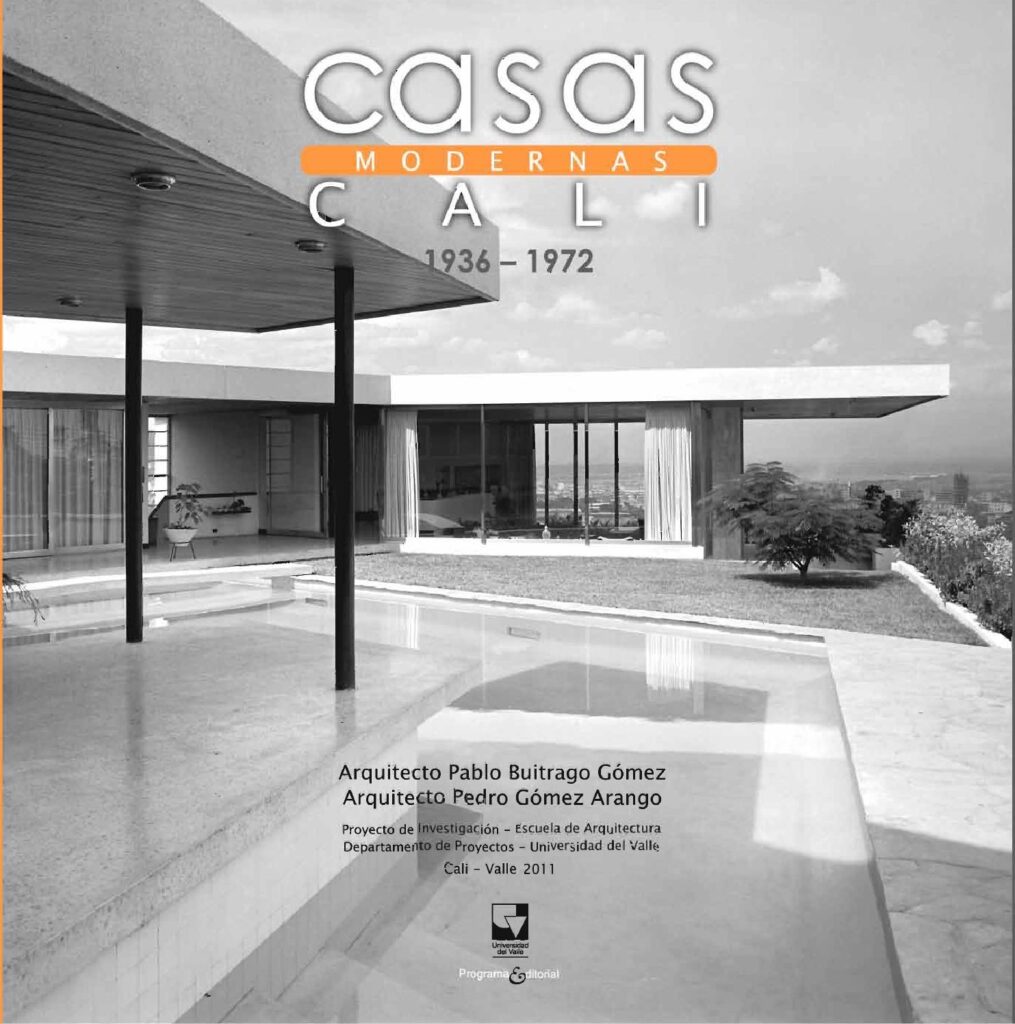

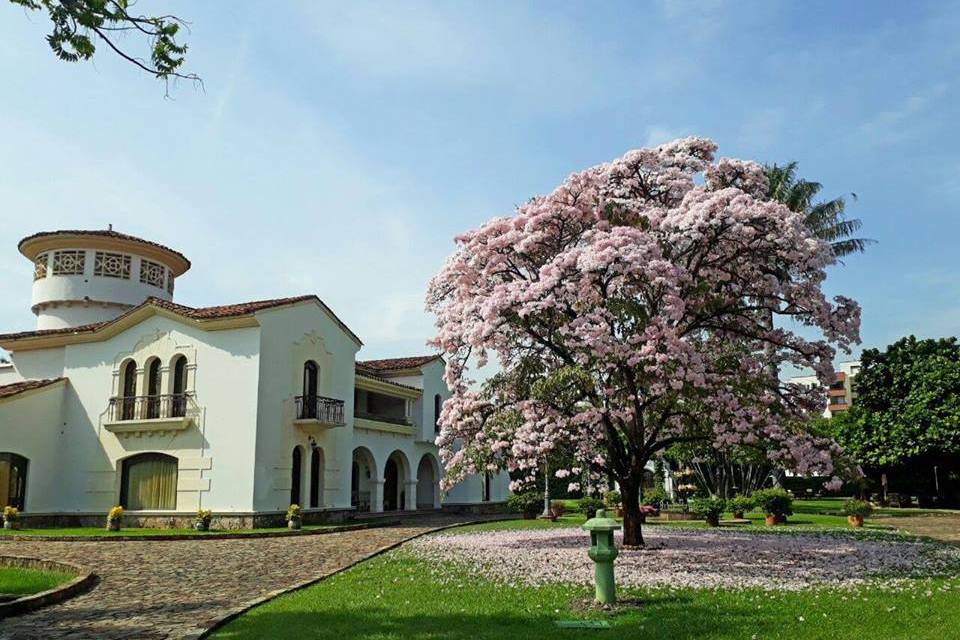
Houses in Cali
(Downtown and southern zone)
To see the houses that were once a sensation in Cali is a privilege not everyone can have. And only a passerby with prior knowledge and very sharp senses can identify them when wandering around the city.
Although many of our old mansions no longer exist, some still remain today with the original style in which they were built. Its facades and other elements, whether ornamental or structural, denote what its surroundings and our society were like in the past.
While entering most of them is not allowed, we want to tell you about those beautiful residences yet withstanding. And as a heritage of Cali's architecture, much like those tours around celebrity villas, here's our pick on the ones you can spot
We begin with Casa Feldsberg (5 Oeste2 Cra. 2a), very close to the Sebastián de Belalcázar' Statue in the Arboleda sector...
Its contemporary front, faithful to the design trends between 1950 and 1960, is still preserved with a beautiful gardening, proper of those in the most privileged neighborhoods.
It was the home of Mr. Leo Feldsberg, an Austrian immigrant who created our very Colombian brand Fruco, the largest sauce company in this country.
Relatively close, but on the opposite bank, is the Casa Obeso Mejía (Avenida 4 Oeste No. 4-59):
A superb manor donated by husband and wife Antonio Obeso and Luz Mejía to La Tertulia Museum. It is a space for art and education, highly recommended and open to the public.
Further away, Casa Domínguez (Calle 4b #27). Built in 1937 and described as “the ugliest in Cali” by then...
It was simply ahead of its time: raised on a hill in the San Fernando neighborhood and inspired by the work of geniuses such as Frank Lloyd Wright and Mies Van Der Rohe. It broke the traditional canons of predominant design in the region.
Then, the Hacienda El Limonar (Carrera 66 Calle 13B #13-11), a beautiful Californian-style house from 1948, with ample gardens where many caleños get married.
It preserves and exhibits precious objects from the 15th, 19th and 20th centuries, which is why it is part of the Valle del Cauca museum. corridor. You can visit it by writing to the handle of its Instagram account.
And Casa Lago Verde (Calle 16A N° 122 – 70): a spectacular house with a water mirror that is part of the city's ecological system: one of the best kept among the 78 wetlands that make up our urban grid, and home to dozens of endemic flora and fauna species...
Protected by large trees and thick foliage, it is owned by the Velásquez family, custodians of this green lung at the south of Cali.
Cultural and sports venues of Cali
(Downtown and southern zone)
In this category, several buildings deserve to be admired for the beauty of their lines, or the innovations in their construction at the time.
The theaters Jorge Isaacs (Carrera 3 #12-28) and Enrique Buenaventura (Carrera 5 #6-64), named in honor of those who were the most sublime writer and the most exalted playwright respectively, of our region, lead this index due to their condition of national monuments, both for their styles inspired by Italian romanticism and classicism.
Very close to the second, the Cultural Center of Cali (Carrera 5 #6-05), a citadel of Mudejar and medieval inspiration that preserves the historical archive of our metropolis, and which is also the venue for exhibitions and artistic gatherings that are held throughout the year in its halls.
Walking a little more towards El Peñón (passing by the Biblioteca Centenario), you will get to the iconic La Tertulia Museum (Avenida Colombia No. 5-105 Oeste), with its elegant double façade by architect Manolo Lago, evoking the controversial Palazzo della Civiltà Italiana in Rome.
Further away and to the south, the Jorge Garcés Borrero Library: a robust and solemn 15,000-square-meter building that even has an astronomical observatory and is part of what is known as the “Block of Knowledge” a progressive initiative leveraged by urbanism in Cali.
Finally, we cannot ignore those great works that have earned our city the honorable name of “American Capital of Sports”, thanks to the engineering of Cali.
The Pascual Guerrero Olympic Stadium (built in 1936, on the land this poet donated to the city) has been the scene of world epic soccer games... And next to it, the Evangelista Mora Coliseum: shaped like a hangar and house of the 1954 National Games. Today it is also the official place for volleyball, table tennis, and futsal in the city, among other disciplines. Both locations are part of a larger infrastructure known as the San Fernando Sports Unit (found between Carreras 34 and 36, and Calles 5A and 5B4).
Four blocks away, you arrive at the Jaime Aparicio Sports Unit, popularly known as the “Canchas Panamericanas” (between carreras 32 y 39, y la calle 9 y la Autopista Sur). This is a huge sports complex that includes swimming pools, athletics tracks; baseball, softball, tennis, hockey, basketball, and tejo fields (the latter, a Colombian throwing sport). It also has coliseums for dancesport, volleyball, and karate, so this place is our city's pride and a reference to the culture of cholado.
And finally, the futuristic Coliseo del Pueblo, designed by Pedro Richardson and Libia Yusti, distinguished architects of several of Cali's public work. This formidable temple of basketball is located within a general facility called the "Alberto Galindo Sports Unit" (between Carreras 52 and 55, and Calles 2 and 3) that also includes the majestic Alcides Patiño Velodrome and other spaces for BMX, skating, bowling, pool, and climbing.
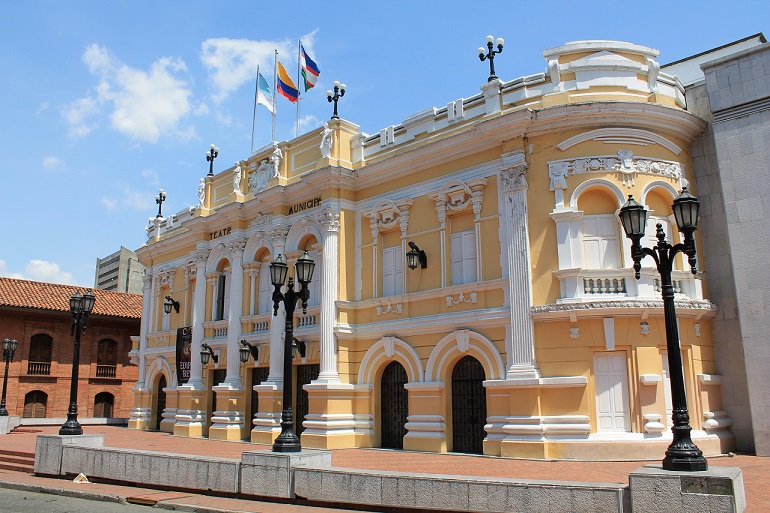
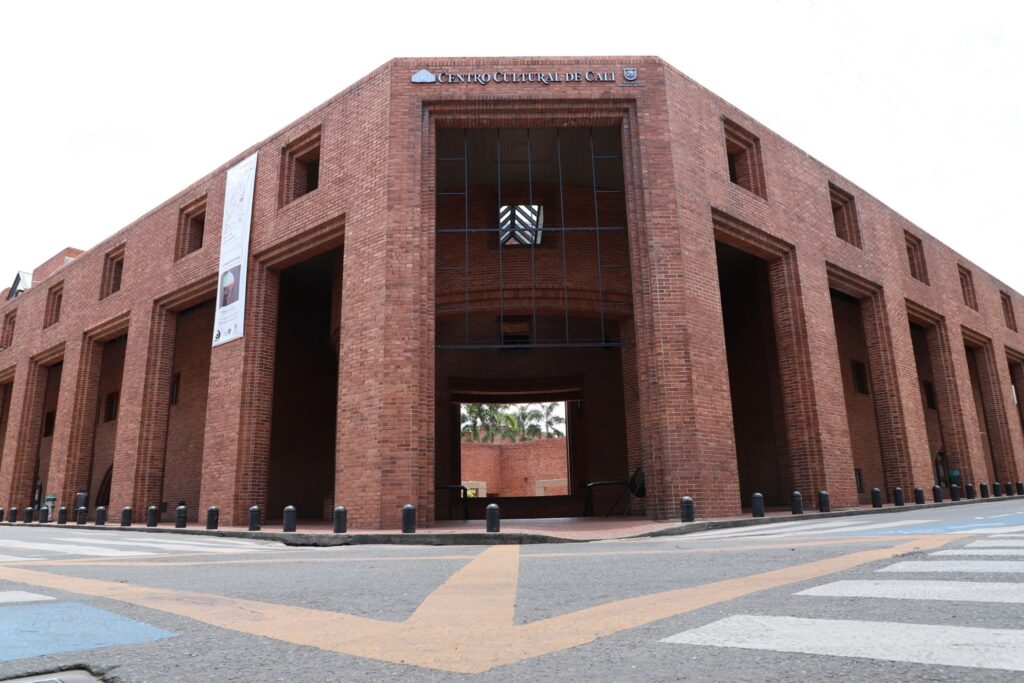
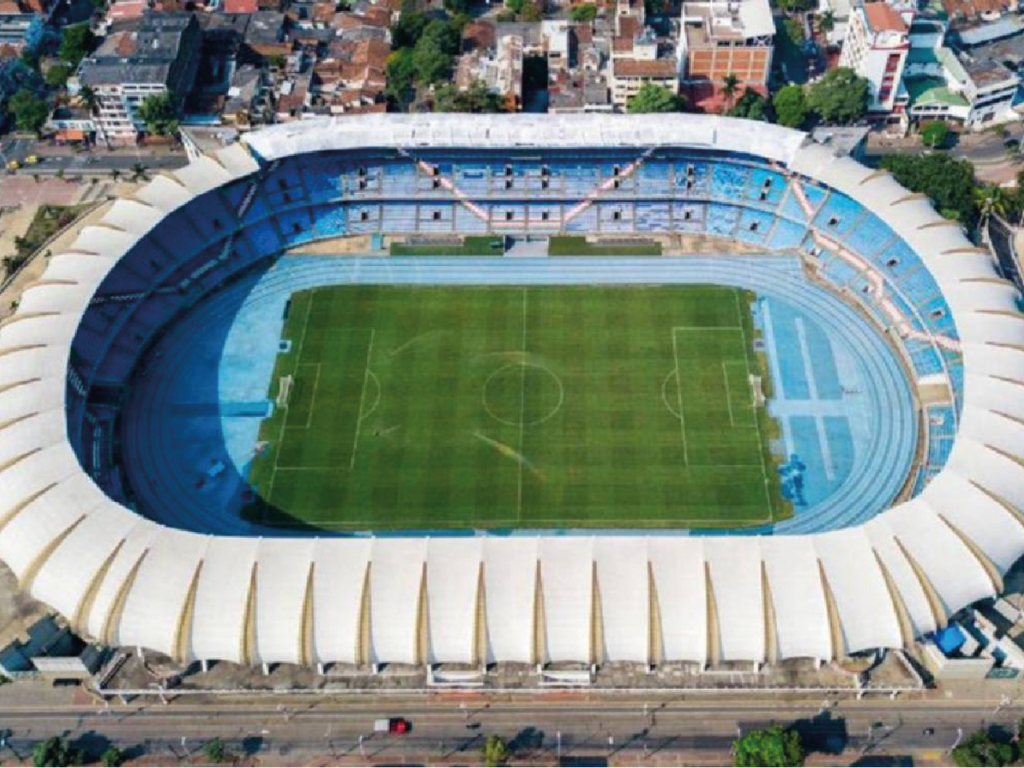
Without further ado, we hope this guide lets your eyes delight with these superb examples of architectural and urban design in our lavish Cali. Enjoy it!
—
Spiwak Hotels:your most complete lodging option, ideal for tourist plans in Cali. Located in the Chipichape Shopping Center, within the Pink Zone of our city. 5 minutes away from the Granada gastronomic district and with easy access to our downtown. 493 suites, parking, and 12 halls for social and business events. We are the largest hotel complex in Valle del Cauca!
 +57 (602) 395 9999 PBX
+57 (602) 395 9999 PBX